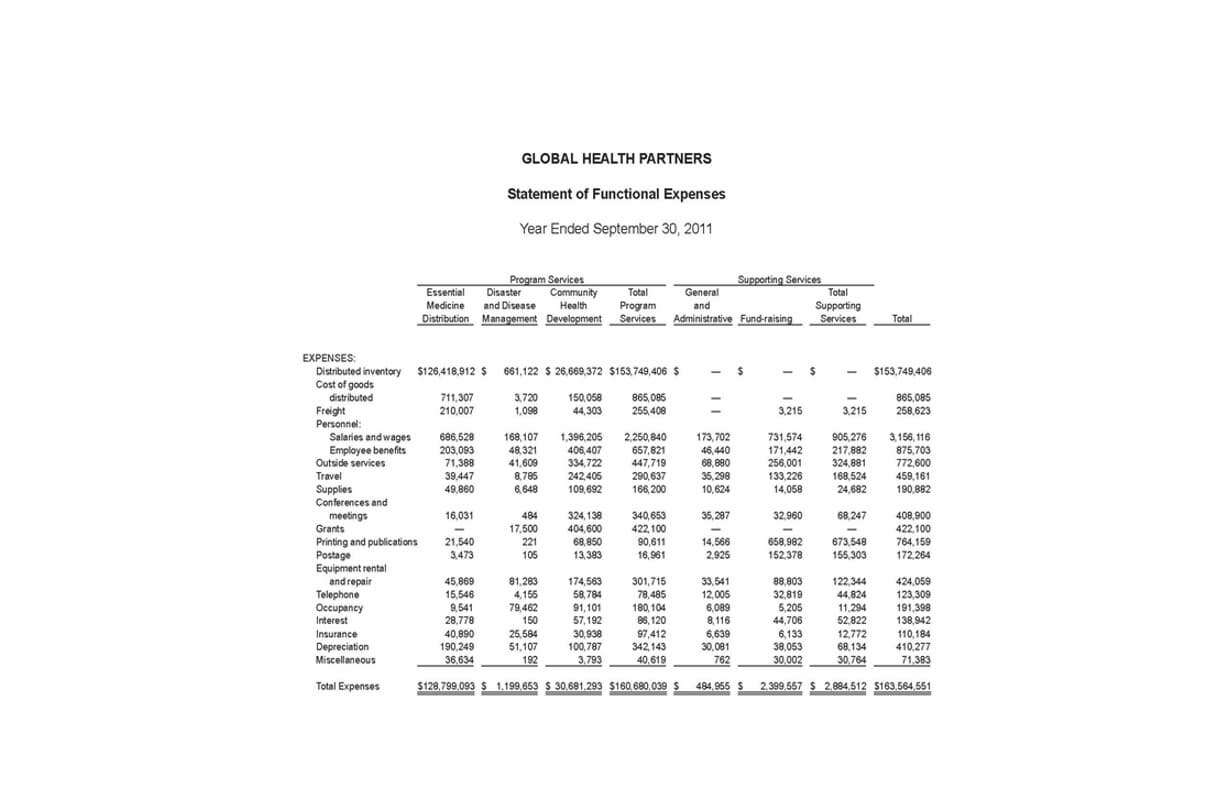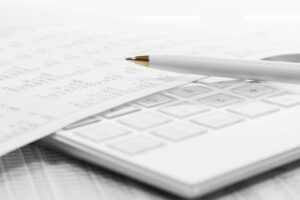
With the constant double depreciation rate and a successively lower depreciation base, charges calculated with this method continually drop. The balance of the book value is eventually reduced to the asset’s salvage value after the last depreciation period. However, the final depreciation charge may have to be limited to a lesser amount to keep the salvage value as estimated. While you don’t calculate salvage value up front when calculating the double declining depreciation rate, you will need to know what it is, since assets are depreciated until they reach their salvage value. The best reason to use double declining balance depreciation is when you purchase assets that depreciate faster in the early years. A vehicle is a perfect example of an asset that loses value quickly in the first years of ownership.
- In the accounting period in which an asset is acquired, the depreciation expense calculation needs to account for the fact that the asset has been available only for a part of the period (partial year).
- Adam received his master’s in economics from The New School for Social Research and his Ph.D. from the University of Wisconsin-Madison in sociology.
- If the double-declining depreciation rate is 40%, the straight-line rate of depreciation shall be its half, i.e., 20%.
- Under the straight-line depreciation method, the company would deduct $2,700 per year for 10 years–that is, $30,000 minus $3,000, divided by 10.
At the beginning of the first year, the fixture’s book value is $100,000 since the fixtures have not yet had any depreciation. Therefore, under the double declining balance method the $100,000 of book value will be multiplied by 20% and will result in $20,000 of depreciation for Year 1. The journal entry will be a debit of $20,000 to Depreciation Expense and a credit of $20,000 to Accumulated Depreciation.
Join PRO or PRO Plus and Get Lifetime Access to Our Premium Materials
Simply select “Yes” as an input in order to use partial year depreciation when using the calculator. However, over the course of an asset’s useful life, its book value will change each year as it depreciates. The value of each change is calculated by subtracting the amount written off from the asset’s book value on its balance sheet. If you’ve ever wondered why your shiny new car takes a huge value hit the first few years you own it, you’re not alone. This form of accelerated depreciation, known as Double Declining Balance (DDB) depreciation, is actually common method companies use to account for the expense of a long-lived asset. Suppose a company purchases a piece of machinery for $10,000, and the estimated useful life of this machinery is 5 years.
- In the final year, the asset will be further depreciated by $2000, ignoring the rate of depreciation.
- Whether you are using accounting software, a manual general ledger system, or spreadsheet software, the depreciation entry should be entered prior to closing the accounting period.
- Due to the accelerated depreciation expense, a company’s profits don’t represent the actual results because the depreciation has lowered its net income.
- It was first enacted and authorized under the Internal Revenue Code in 1954, and it was a major change from existing policy.
- Various depreciation methods are available to businesses, each with its own advantages and drawbacks.
- Unlike the straight-line method, the double-declining method depreciates a higher portion of the asset’s cost in the early years and reduces the amount of expense charged in later years.
The theory is that certain assets experience most of their usage, and lose most of their value, shortly after being acquired rather than evenly over a longer period of time. Double-declining depreciation charges lesser depreciation in the later years of an asset’s life. It is important to note that we apply the depreciation rate on the full cost rather double declining balance method than the depreciable cost (cost minus salvage value). Therefore, it is more suited to depreciating assets with a higher degree of wear and tear, usage, or loss of value earlier in their lives. In later years, as maintenance becomes more regular, you’ll be writing off less of the value of the asset—while writing off more in the form of maintenance.
How to calculate Depreciation
This method falls under the category of accelerated depreciation methods, which means that it front-loads the depreciation expenses, allowing for a larger deduction in the earlier years of an asset’s life. Using a Double Declining Depreciation Calculator streamlines the process of calculating depreciation expenses for tax and financial reporting purposes, particularly when applying the double declining balance https://www.bookstime.com/ method. The double-declining balance depreciation (DDB) method, also known as the reducing balance method, is one of two common methods a business uses to account for the expense of a long-lived asset. Similarly, compared to the standard declining balance method, the double-declining method depreciates assets twice as quickly. Let’s assume that a retailer purchases fixtures on January 1 at a cost of $100,000.
